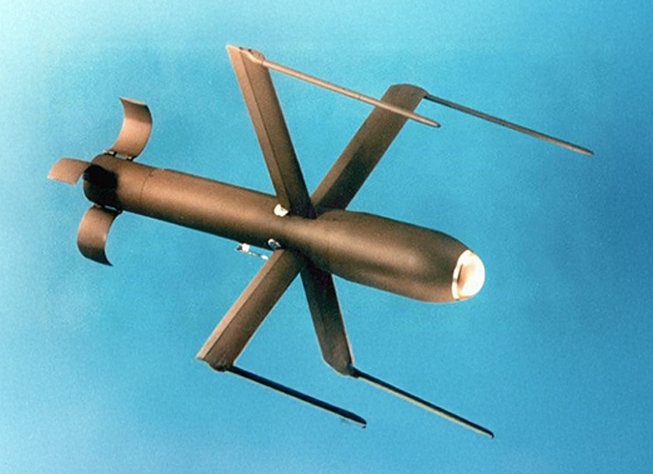DARPA and the U.S. Army’s Fort Belvoir Research, Development and Engineering Center ran a series of concept studies in the early 1970s to define requirements for an anti-tank weapon referred to as the Terminally Guided Anti-Armor Indirect Fire Weapon System.
Under DARPA’s wing, that morphed into the Brilliant Anti-Tank Munition (BAT), a terminally guided anti-armor munition originally intended to be carried aboard the TriService Standoff Attack Missile. Its design featured dual seekers to minimize spoofing and a novel acoustic sensor that could cue on the sound of running tank engines.
A decade after the program began, more than 1,100 pre-production and low-production units had been built.
